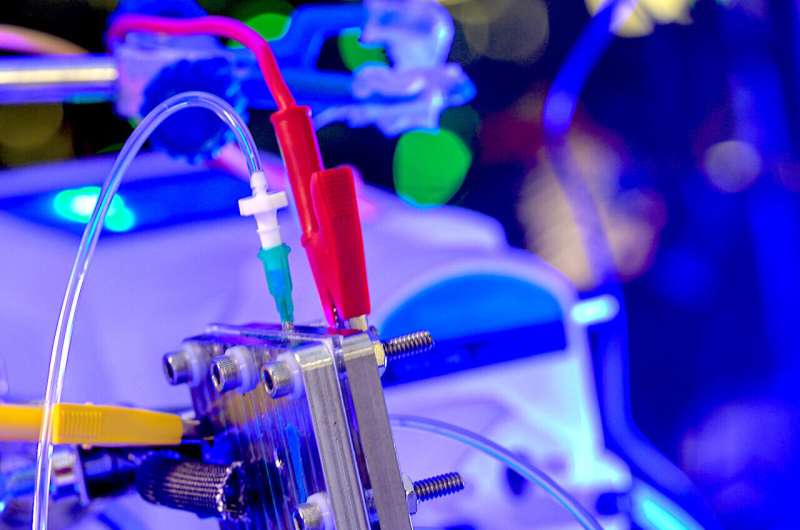There is plenty that human beings can do well, and yet there is nothing we do better than growing on a consistent basis. This tendency to improve, no matter the situation, has empowered us to …
There is plenty that human beings can do well, and yet there is nothing we do better than growing on a consistent basis. This tendency to improve, no matter the situation, has empowered us to clock some huge milestones, with technology emerging as quite a major member of the group. The reason why we hold technology in such a high regard is, by and large, predicated upon its skill-set, which guided us towards a reality that nobody could have ever imagined otherwise. Nevertheless, if we look beyond the surface for a second, it will become abundantly clear how the whole runner was also very much inspired from the way we applied those skills across a real world environment. The latter component, in fact, did a lot to give the creation a spectrum-wide presence, and as a result, initiate a full-blown tech revolution. Of course, this revolution eventually went on to scale up the human experience through some outright unique avenues, but even after achieving such a monumental feat, technology will somehow continue to bring forth the right goods. The same has turned more and more evident in recent times, and assuming one new discovery ends up with the desired impact, it will only put that trend on a higher pedestal moving forward.
The researching team at Rice University has successfully developed an electrochemical device, which can potentially lower the cost of capturing carbon dioxide. To understand the significance behind this development, we must start by talking about how the stated extraction process is carried out at present. Basically a two-step process, the existing method start with using high-pH liquids to separate carbon dioxide from mixed-gas streams, streams such as flue gas. Next up, the carbon dioxide in question is regenerated from the solution through heating or by injecting a low-pH liquid. However, the problem is that the whole process requires temperatures of 100–200°C (212–392°F). Leave that, for calcium carbonate-based processes, you need temperatures as high as 900°C (1652°F). Beyond that, the other problem would be the current setup’s almost excessive reliance on large-scale, centralized infrastructure. Fortunately, both these shortcomings are solved in one go by the electrochemical device in question, as not only it can function without any high temperature or pressure, but it is also designed to be an optimally scalable, modular, point-of-use concept adaptable to a host of different scenarios.
“The technology can be scaled up to industrial settings—power plants, chemical plants—but the great thing about it is that it allows for small-scale use as well: I can even use it in my office. We could, for example, pull carbon dioxide from the atmosphere and continuously inject that concentrated gas into a greenhouse to stimulate plant growth. We’ve heard from space technology companies interested in using the device on space stations to remove the carbon dioxide astronauts exhale,” said Haotian Wang, a chemical and biochemical engineer.
Talk about the device in a bit more detail; it includes a cathode set up to perform oxygen reduction, an oxygen evolution reaction-performing anode, and a compact yet porous solid-electrolyte layer that allows efficient ion conduction. As for its function, it started out pretty unlike to the way it operates today.
“Previously, our group focused mainly on carbon dioxide utilization,” Zhu said. “We worked on producing pure liquid products like acetic acid, formic acid, etc.”
Their approach changed big time once the researchers realized that the alkaline interface generated during reduction reactions at the reactor’s cathode side interacted with carbon dioxide molecules to form carbonate ions. These ions, on their part would migrate into the reactor’s solid-electrolyte layer to linkup with protons resulting from water oxidation at the anode side. Such a mechanism, in the end, birthed what was a continuous flow of high-purity carbon dioxide.
“We randomly discovered this phenomenon during our previous studies,” Wang said. “We then tuned and optimized the technology for this new project and new application. We’ve spent years of continuous work on this type of electrochemical device.”




